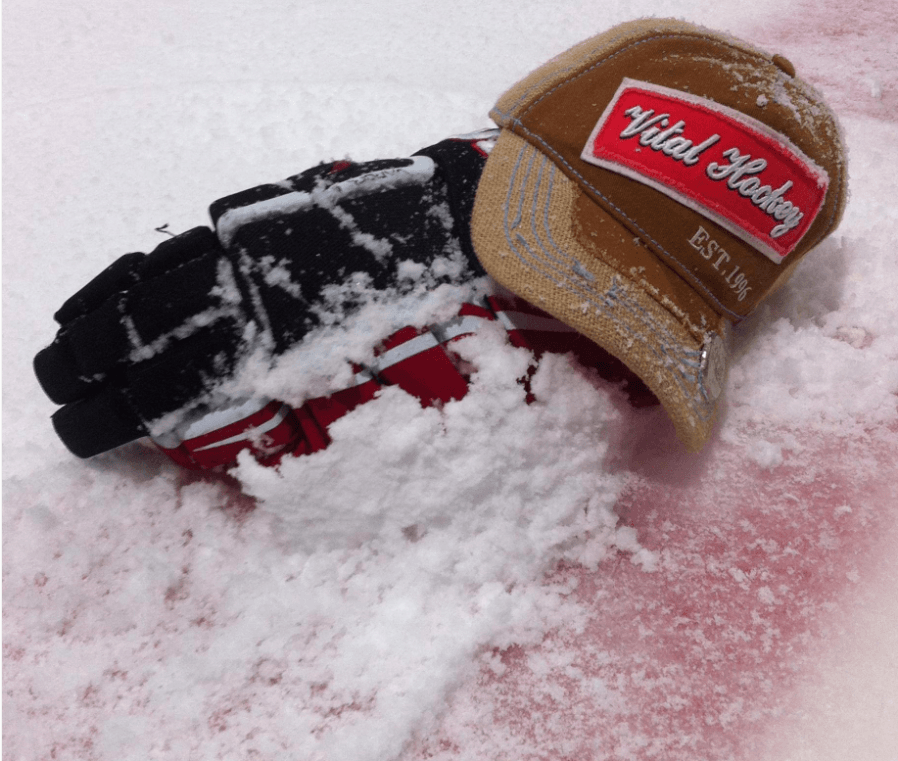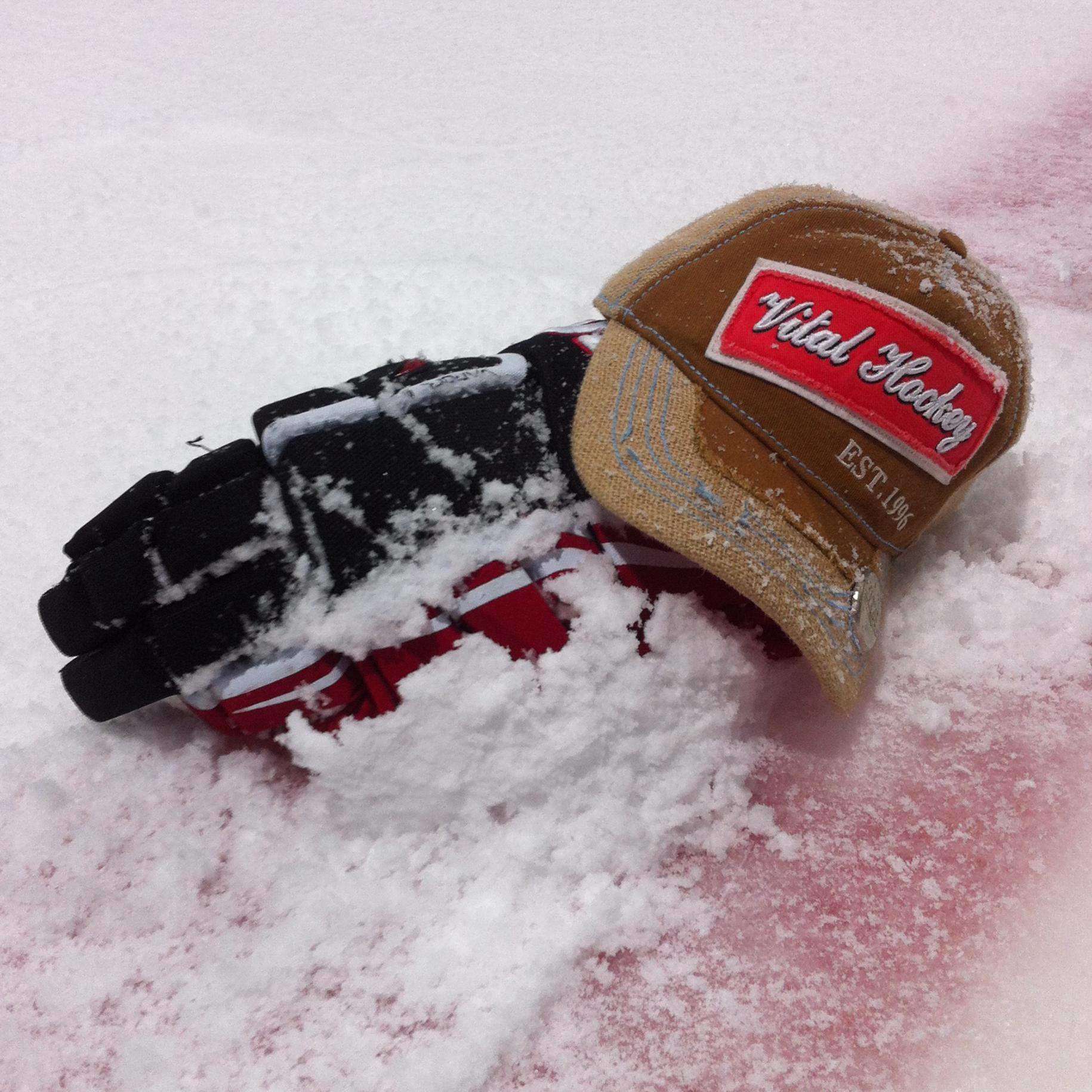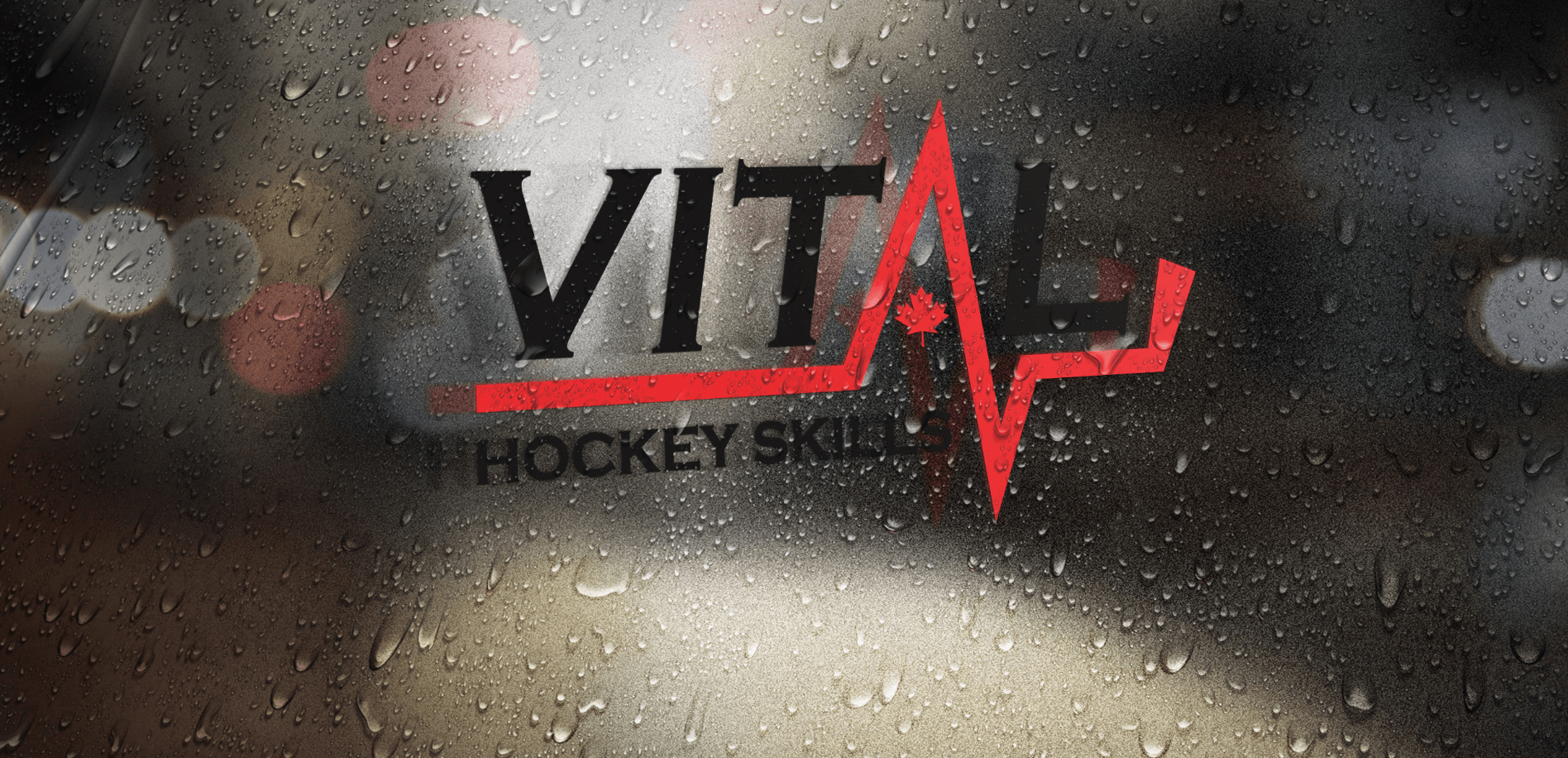
29 Sep The Science of a Bag Skate
 Running the Perfect Bag Skate
Running the Perfect Bag Skate
Since the early 50’s the “bag skate” has been a long standing tradition to punishing players for a lack of effort and poor performance. In modern times, this previously accepted form of redemption has changed it’s image. There is nothing wrong with having a practice themed at producing an out of the ordinary amount of exertion, but there must be a properly defined end to the means. Gone are the days of turning the arena lights half mast, taping up windows to remove any glimmers of light in the arena and barring the doors with extra twigs to lock out any potential onlookers while hockey players “paid the price” for lack of effort in an all out bag skate fest. Although some coaches have gotten creative with their drills with the invention of “hidden baggers”, drills aimed at raising the heart rate above average don’t always need a moustache and glasses! Let’s have a look at a more “empirical” way of conducting a bag skate by examining
The Science of Running the Perfect Bag Skate
Bag skate: (Bhag-sk-ate): the action of participating in a hockey practice in the absence of pucks, while skating unthinkable patterns for unimaginable durations usually as the result of an embarrassing loss. A punishment provided by the coach to give players a gentle reminder of the possible consequences of future poor performance or lack of effort. To be given a kind opportunity to skate until you don’t think you can anymore, with the new found ability to persevere and continue on.
Purpose: To get players to buy-in and willingly re-evaluate a poor performance in the context of effort and reestablish the feeling of maximal exertion.
Hypothesis: Players will be able to kinesthetically compare their fatigue levels in future performances to the “tank emptying” effort put forth in the bag skate in order to recognize the “feeling” of lack of effort and push themselves harder.
Materials:
- Players willing to exert max effort
- Water (this isn’t the movie Miracle)
- A working whistle (yes even to alert the players to when they can slow down/rest)
- Functioning hockey equipment (take away all opportunities to bail and fix something)
- Pre-practice speech to motivate players to want to be better and “get that feeling back”
- More than 2 drills (avoid overuse injuries if skating patterns are varied)
- Pucks (Let your assistant coaches play with a few if you really want to get in their heads)
Method:
- Mention at the post game speech that the effort wasn’t acceptable for what the team is capable of and that they owe it to themselves to get back on track with a hard skate next practice. CAUTION: Do not use skating or hard work as a punishment in order to avoid risk of deflating players even further.
- Give a motivational talk prior to stepping on the ice for practice. Let the players know that the amount of skating is not a punishment but necessary in order to get back on track. Reassure them that you will respect them with proper work to rest ratio’s and substantial water breaks. Ask players if anyone in the room disagrees that the harder than normal practice is necessary in order to reassure that everyone has bought in!
- Use a game simulation structure to the drills. Let them know that they are starting the first period and keep their work ratios to no more than 45 seconds with 3 times the duration for rest to simulate shifts in a game.
- Have at least 2 drills per period length to keep energy up and avoid boredom. Be sure to vary the work ratios per drill (Ex. Last drill they worked for a total of 35 seconds… next drill they work for 20 seconds). Be vocal about how far into the period they are in and give water at the end of the each period followed by positive encouragement about their effort.
- Before the start of the “third period” of drills, bring them in and ask them to evaluate how tired they are and ask them to relate how they felt kinesthetically after the second period of the last loss. Remind them of how hard they just worked and how they should feel the same after a well-earned period of game play.
- Try to make the final drill a cooperative effort. A great one is to dump the pucks and spread them out at the center faceoff dot and have the players on all four corners of the blueline. Skating 4 at a time toward center and stopping hard they have to spray the pucks with snow. The sooner the pucks are completely covered with snow with no black visible, the sooner they can finish the practice with a flow/shooting drill.
- Go into the dressing room after practice for a debriefing and more positive encouragement.
Observations:
- Players arrive at the rink unsure of what to expect but the tension eases as the coach reassures them that it is a common necessity and not a punishment.
- Players have all bought in and are motivated to get back on track
- Players are working hard and because the coach has been vocal and interested in seeing them improve
- At the on ice talk before the third, players are nodding their head in agreement that they are now able to consciously recognize whether they have put in a strong effort. Some of them even have a new look in their eyes
- At the last drill players are so motivated to earn the last shooting drill that they have forgotten how tired they are and are working together at a great intensity.
- Players are leaving the rink positive and smiling, proud to have moved forward
Conclusion:
Setting the correct context for the effort needed in the practice allowed it to turn from a punitive “bag skate” to a common drive toward redemption. Players were able to establish a kinesthetic sense of hard work which will allow them to self-coach during games and make necessary changes to work harder. The final “common-task” drill really helped cement a sense of team purpose, the same type that may allow them to bind together in the third period of a challenging game and accomplish together. Players leaving with flushed faces that are still smiling know that they were respected and guided toward improvement and not punished and demeaned.




Sorry, the comment form is closed at this time.